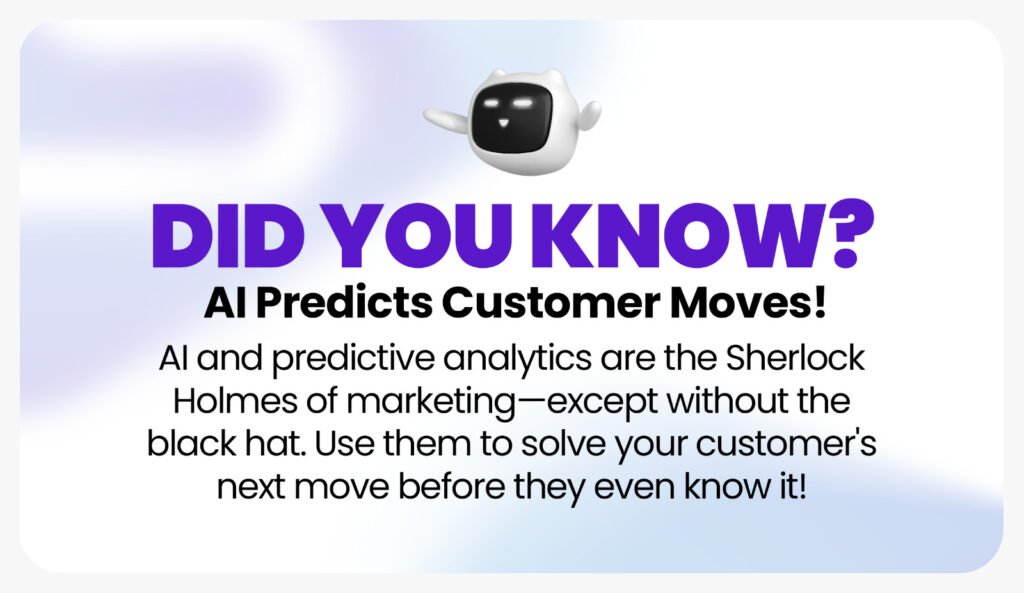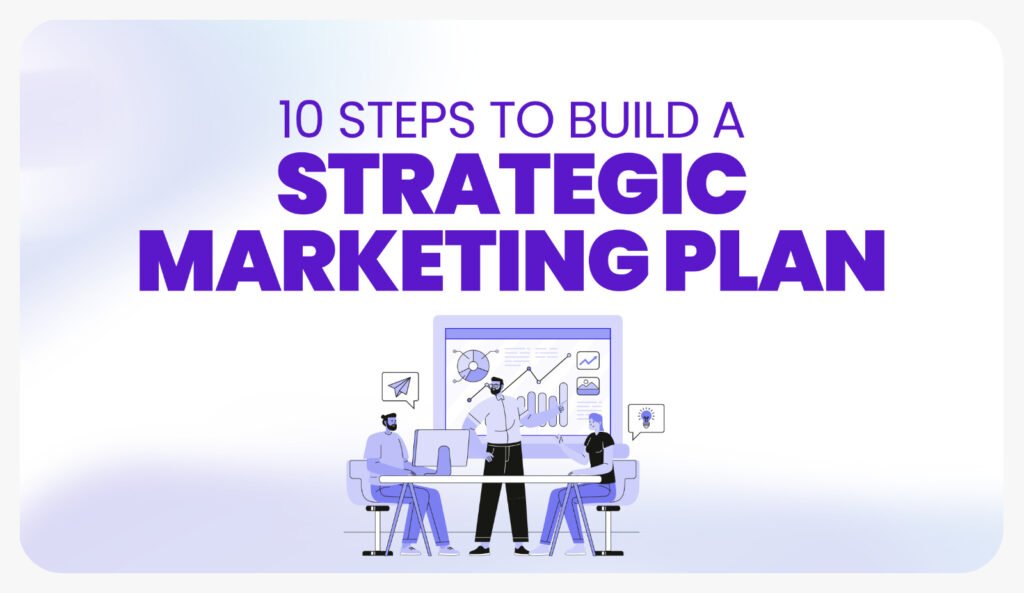Marketing trends throughout 2024 have yet again proven to be more involved than before due to the changing technologies, consumers’ behaviors and competitiveness. Businesses are experiencing increased competition, and thus they have to be more careful and precise, this is where marketing planning comes in. This guide will provide an overview of the fundamental steps towards creation of today’s relevant marketing plan that caters for the needs of the year 2024.
Market Research and Analysis
Marketing research is the primary support of any marketing strategy. The idea of market research in 2024 extends beyond identifying and learning about customers; It entails researching your market segment, your competitors, and new trends. The key is to gather data from multiple sources, including:
- Customer analytics: Recommended CRM tools to evaluate customers information, their behavior and purchase pattern.
- Social listening: While it is a little difficult to get real-time consumer sentiments, try to track conversations going on social media sites.
- Industry trends: As an entrepreneur it is very important to observe and monitor any movement within your business industry ranging from new technologies and changes in laws.
AI and machine learning techniques in 2024 include predictive analytics and are useful for issuing and analyzing data outputs. They allow organizations to not only analyze the current market within which they exist but also anticipate changes in the market, providing advantage.
Defining Clear Objectives
After the research has been conducted then your next task is to set your marketing goals. SMART refers to specific, measurable, achievable, relevant objectives and time-bound. It could be ranging from creating awareness on the brand to enhanced lead generation or customer loyalty.
In 2024, quarterly and annual objectives and key results indicators should or will contain sales or market share, sustainability objectives, diversity plans, and digitisation initiatives. For example, a firm may be interested in promoting environmental responsibility to achieve its environmental goals or consider a variety of target audiences as fulfilling the diversity goals.
Target Audience and Customer Segmentation
The next step after having the market research is to define your target market. Yet, in 2024, it’s more than demographics (age, gender & geographic factors) but also psychographic factors like values, interests, & behavior.
Advanced segmentation tools can now help marketers break down their audience into more precise categories:
- Behavioral segmentation: Examining the way customers engage with your brand such as, website traffic, or engagement on social media pages.
- Geolocation and personalization: Delivering articles in which content is selected based on a reader’s location or interest.
Because you are able to reach the subgroups which are very targeted your communication messages are likely to be very relevant hence results in higher engagement rates.
Competitor Analysis
Understanding your competitor is as important in 2024 as it is today. Thanks to such developments as AI-based competitive benchmarking solutions, enterprises can analyze competitors’ moves, from pricing to marketing and social media activities in real-time.
The analysis of competitors should also entail a survey of a digital presence – how good they are in SEO and paid search as well as in social media.
Crafting a Value Proposition
Your value proposition remains the central statement that convinces a customer as to why they need to go for your product or service as opposed to that of your rivals. It is more about appealing to people’s emotional theater and fundamental societal needs. Consumers today are more value-conscious, so your value proposition needs to address:
- Personalization: Distinguishing with personal services.
- Ethical values: On the same note with consumers’ growing need for transparency, sourcing sustainably, and inclusiveness.
In this case, ensure that the message you are passing is in harmony with what your audience always supports or wants.
Developing the Marketing Mix (4 Ps)

The four Ps of the marketing mix: Product, Price, Place, Promotion are still key in 2024 but should still be brought up to date.
- Product: Focus on innovation. Provide the products your customers require, at the same time incorporating environmental themes in their sustainability or eco friendly styles.
- Price: Some of the pricing strategies have emerged in 2024, which include dynamic pricing that changes with demand, location, or conduct of the customer. Deploy artificial intelligence in the decision making process to make right pricing decisions.
- Place: The key theme remains that of e-commerce retaining its position as the most significant trend but Omnichannel experiences remain increasingly important. It would also help to create a smooth client’s experience across different stages of interaction.
- Promotion: The commonalities of digital advertising are changing quickly. This means creating the best content with the right niches for the brand and influencers, as well as using such features as AR/VR. TV or Radio advertisement for instance should be complemented with data sets to get the right target market.
Budget Allocation
Marketing requires more flexibility in terms of budget say Scott, and Addison. Market communicators will continue to invest in traditional media but digital media will take the lion’s share of the spendings. Allocate your budget across:
- Paid commInmedia( social media, Google ads).
- SEO and content marketing.
- Influencer marketing.
- Advancements in technology including the following: Metaverse advertisement, Non Fungible tokens Advertisement.
Do not forget that the automation tools and practices of AI-driven analytics allow tracking each channel’s performance in real-time and may require changes if necessary, for the better ROI rates.
Implementation and Team Collaboration
Therefore for a marketing plan to be effective there has to be a cross- departmental approach. Marketing goals should coordinate with the sales, IT and customer service departments to ensure congruence of their initiatives with their communication strategies. Also, advancing technology brings adaptability freedom because most people can work remotely, and collaborative tools, including Slack, Microsoft Teams, Asana or Monday.com, make it easy.
Set up an easily understood role and responsibilities matrix, determine deadlines for all the stages of the marketing plan and reflect them in the contract signed with the concerned parties.
Monitoring, Analytics, and Adjustments

The real job does not start once the marketing plan is employed in the business world. It’s very critical to constantly assess your marketing strategies in seeking to achieve better results in 2024. This includes:
- Real-time analytics: Employ the aid of AI to track or monitor campaigns and website traffic, engagement on social media and conversion rates.
- Customer feedback loops: Supervise customer feedback in order to revise some strategies if needed.
- A/B testing: Monitor the effectiveness of various marketing strategies in an effort to determine which marketing strategy is liked most by the shoppers.
In using automation and AI analytics, companies can easily identify which strategies are not productive enough and change their resource distribution to address the problem and gain higher ROI.
Sustainability and Ethical Marketing

Marketing in the year 2024 is not only the process of making profits. Customers also expect brands to act appropriately within the theories of ethical and sustainability. Sustainability as part of your marketing strategy is no longer an option but a must do. And when it’s not about breaking the mold with the appearance or functionality of the product, brands have to prove that they care about the environment, workers, or global issues.
This implies that when developing your marketing plan you should ensure that you include some of the following measures to promote ethical marketing practices as well as CSR.
Conclusion
Marketers should follow a systematic planning approach that is data-driven and depends upon various digital technologies. From the primary and secondary market research to implementing artificial intelligence as a tool, and promoting sustainability, organizations need to stay versatile. The above are the ten steps that can help companies create a marketing strategy that addresses the needs of the market while at the same time creating a path to success in the current complex environment.
Ensure you use advanced technology, have an adaptation on the customer side, and adopt business values of the future in 2024 and beyond.






